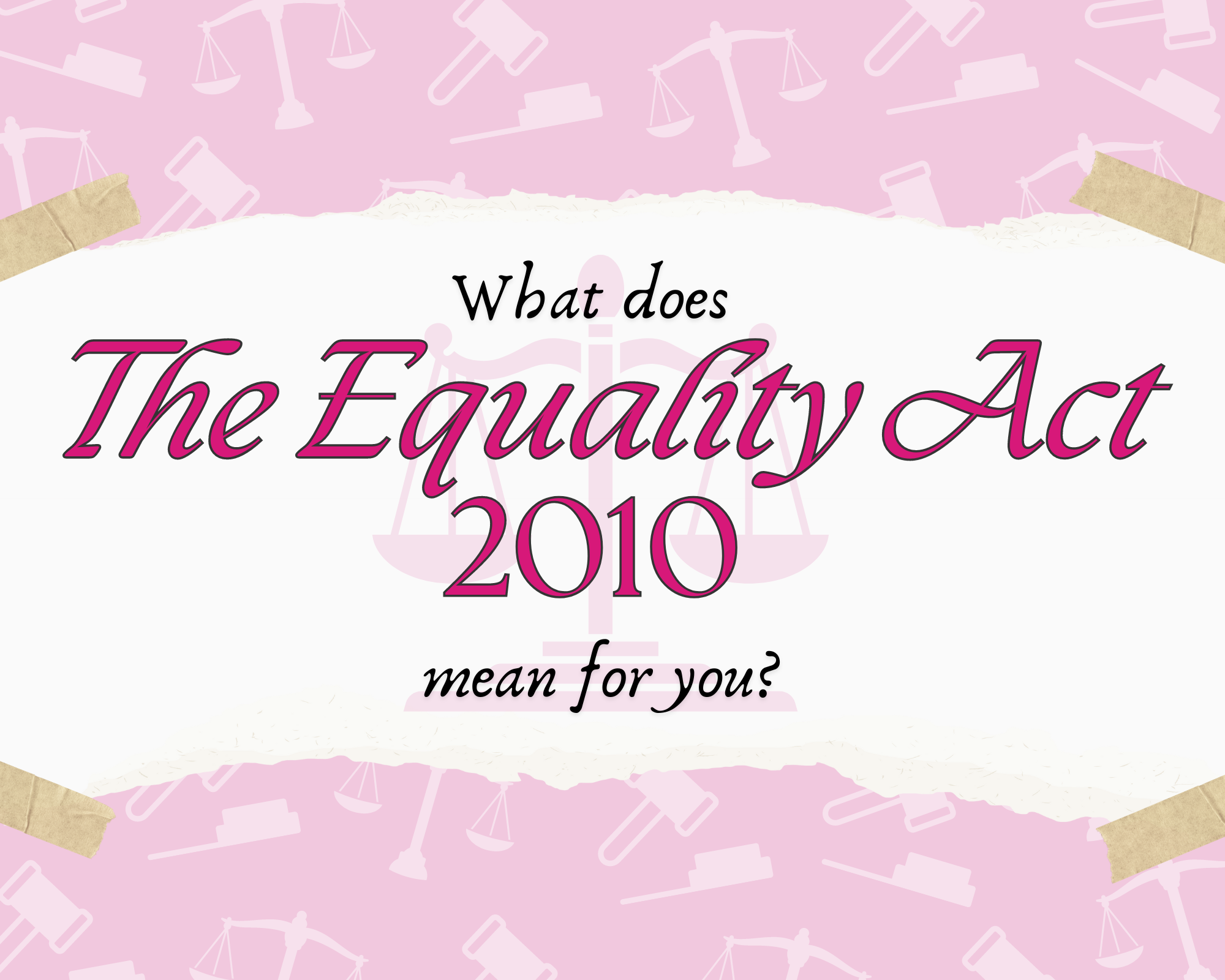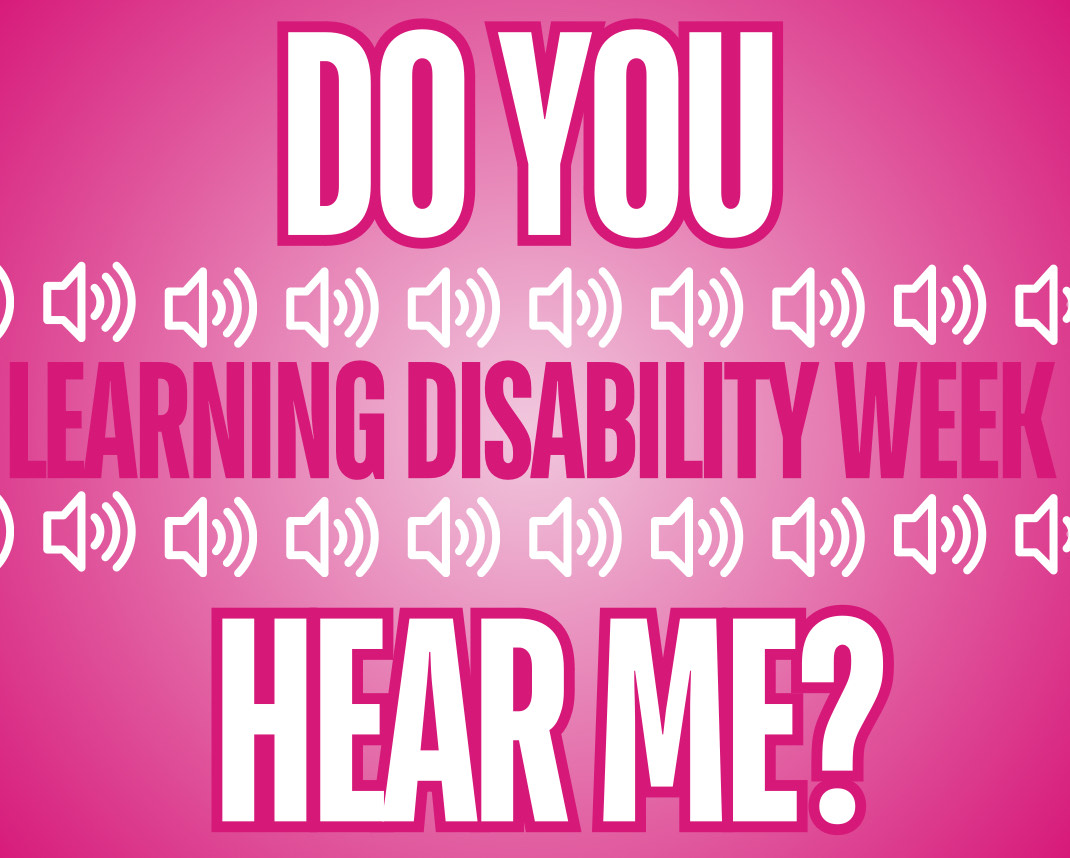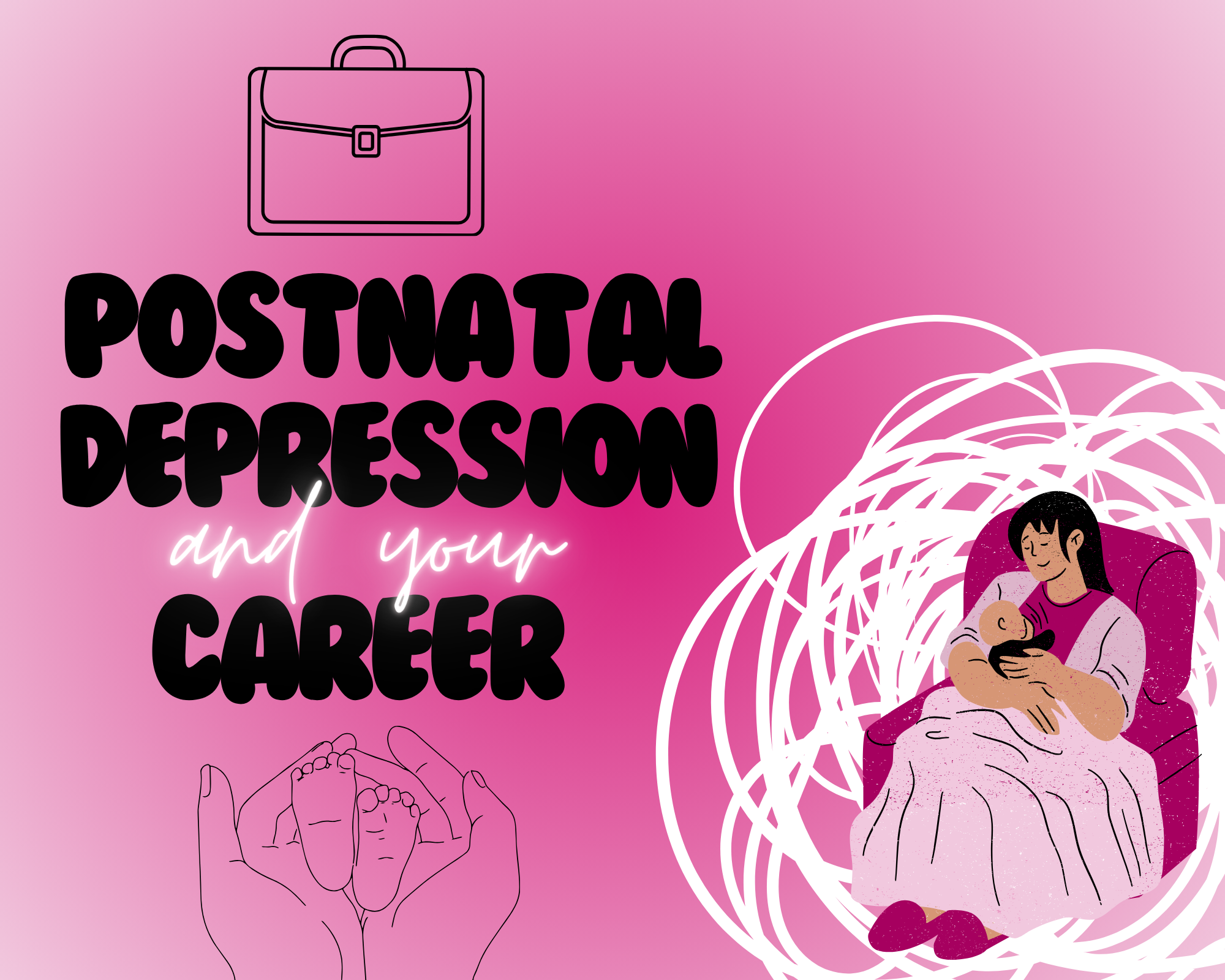What is the equality act? The Equality Act was introduced in 2010 to try and prevent discrimination and harassment in the workplace. This article is here to tell you everything you need to know about the act, provided by gov.uk, for what this means for minorities in the workplace.
The act covers rights for nine main characteristics including age, disability, gender reassignment, marriage and civil partnership, being pregnant or on maternity leave, race, religion or belief, sex and sexual orientation.
The gender pay gap
These provisions also included allowing claims for direct gender pay discrimination where there is no actual comparator.

The gender pay gap is where although it is illegal for men and women to physically be paid different amounts, there is a gap between earnings between the genders due to women being less likely to be promoted into higher paying roles and these roles are made up of a disproportionate number of men.
Statistics provided by the gov.uk have shown that the gender pay gap has been declining slowly over time, however still exists in this day in age.
Graph made by Werk using statistics on gender pay gap from gov.uk
This graph indicates that in 2023, the gap between all types of employees was at an all-time low of 14.3%. These figures have slowly declined throughout the years, with under The Equality Act, employers may be asked to publish information relating to the pay of employees to show whether there are differences in the pay of male and female employees.
This information is required to be available by employers meaning that there is less likelihood for gender differences in the workplace and this serves to provide a more inclusive working environment within the UK.
Being pregnant or on maternity leave
The Equality Act 2010 protects you against discrimination for pregnancy in and prevents issues such as selection for redundancy due to pregnancy, refusing to extend your contract during or after a probation period, dismissal due to pregnancy, reduction in pay or hours, refusal of a job offer, pressure to resign and failure to remove risks at work for health and safety reasons.
During your pregnancy, you have the right to 52 weeks of maternity leave, and you may qualify for maternity pay. You are also protected against any illnesses caused by your pregnancy creating discrimination at work.
A study showed that 1 in 5 mothers experience pregnancy discrimination in the workplace (Bipartisan Policy Center), and more women face discrimination such as refusal for promotion due to their chances of falling pregnant.
The Equality Act means all women are entitled in their terms to their maternity equalities clause, and therefore can fight against this discrimination.
Disability
The act alongside many other things prevents discrimination against people with disabilities, including both mental and physical. It is important to raise awareness to this, particularly with Learning Disability Week 2024 coming up June 17 – 23. This protects you against areas such as:
- Application forms
- Interview arrangements
- Job offers
- Terms of employment
- Promotion, transfer and training opportunities
- Dismissal or redundancy
- Discipline and grievances
This also means that employers must make ‘reasonable adjustments’ for you in the workplace to avoid you being put at a disadvantage compared to non-disabled people. This can include accessibility tools and working plans in place to help with your workload.
A disability is classed as having a mental or physical impairment that has a ‘substantial’ and ‘long-term’ negative effect on your ability to do normal daily activities according to gov.uk. With an estimation that over 16 million people in the UK have a disability (2012/2022) this section of the act is important in protecting these people’s rights.
LGBTQ+ rights
The legislation also covers rights for members of the LGBTQ+ community included sexual orientation and gender reassignment. A person has protection under the gender reassignment clause if they are proposing to undergo, is undergoing or has undergone a process to reassign their sex.
Additionally, from the viewpoint of The Equality Act 2010, sexual orientation is categorised under three sections: persons of the same sex, person of the opposite sex and an emotional and/ or sexual orientation towards more than one gender.
If you relate to any of these categories above, you are protected under The Equality Act for any discrimination, harassment or victimisation in the workplace due to these factors. This can be direct discrimination or indirect discrimination, such as a policy that applies to all affects you personally due to these factors.
Under the same legislation, businesses cannot discriminate against you being married or in a civil partnership with any gender, and therefore this protects you against harassment and victimisation.
Age
The Equality Act 2010 also covers age discrimination, where employers cannot be discriminated against for being a certain age, being perceived to be a certain age or to be associated with a certain age category.

This can be as broad as ‘being elderly’ or as specific as ‘being under 18’. Discrimination is where policies in-built into the company treat you differently unfairly due to your age, such as not including people of a certain age to partake in activities available to the rest of employers. This act also includes age-based harassment such as bullying or humiliation due to your age.
Studies by gov.uk also show that age discrimination can be linked to the gender pay gap with figures being much higher with full-time employers aged 40 years and over than employees below this bracket.
Graph made by Werk using statistics on gender pay gap from gov.uk
Race
Under the Equality act 2010, race refers to your colour or your nationality, including your citizenship. It can also mean your ethnic or national origins. This act protects any sort of discrimination, victimisation or harassment due to this – similar to the LGBTQ+ rights clause, religious cause and disability.
There should be no element of the working environment that disadvantages you in comparison to people of another race and if you do, you have a right to report it and for your employer to amend the issue.
Race can only be discriminated against if there is an ‘occupational requirement’ which means a particular race is essential for the job. For example, if a film is being made about black history, the employer may say they only want black actors, and therefore can disclude other races from getting job offers.
However, harassment in the workplace is never ok and with this law in place, you can stand up to racist comments and policies.
Religion or beliefs
This section of the act protects employees religious beliefs and also philosophical beliefs and gives employees the right to hold, practice and show their beliefs in the workplace, as long as it does not interfere with public safety, public order or others rights to freedom.
This means employees have the right to time off for work for religious holidays and also the right to exercise their beliefs within the workplace dress code. For example, an employee cannot be discriminating against for wearing a hijab. An employer can only prevent this if it is necessary for the role you are doing.
For a philosophical belief to have merit, the act states it must be genuinely held, it must be cogent, serious and apply to an important aspect of human life or behaviour.
Now you have learnt everything you need to know about your protection under The Equality Act 2010, you can stay protected in the workplace and stand up for your rights.




